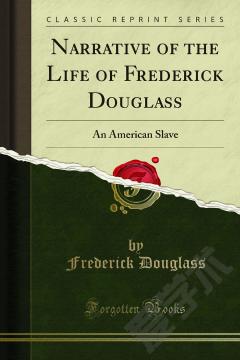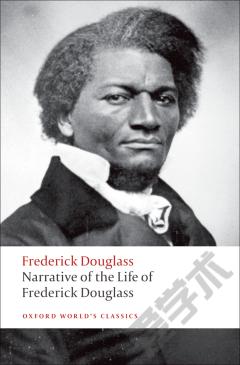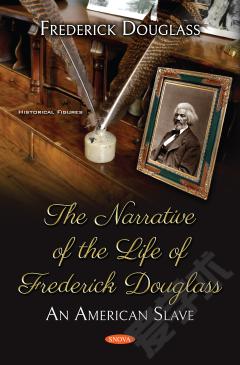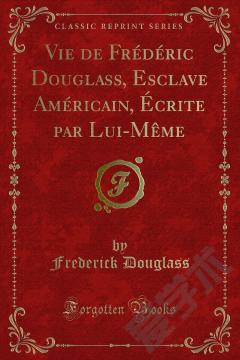Narrative of the Life of Frederick Douglass —— An American Slave
-----
Frederick Bailey was born in circumstances that could scarcely have been more humble. A slave in Maryland in 1818, he was born amongst whispers that he could be the Master’s son. He was, because of the gruelling work schedule of the farm, growing up without a clear memory of even his mother’s face in the daylight. He was passed around from family to family and Master to Mistress. A bewildering and no doubt distressing roller coaster of faces and expectations which began when he was only seven. The young Douglass on the edge of adulthood reached out for new worlds, he learned to read, he reached out and taught others and in so doing found himself in the hands of a particularly cruel master. His quest for escape and freedom did not run smoothly, but he was fuelled by love and hope in form of Anna Murray, a free black woman. She helped him to take the terrifying step of leaping aboard a train headed for the free states, dressed as a sailor, carrying the papers of a free colored Seaman. After 20 years enslaved, the journey to freedom took less than a day. Hot on his heels was Anna Murray, and after they were married, in casting around for a suitable married name Frederick Douglass and Anna Murray-Douglass were born. As a social reformer, an abolitionist and the only African American to attend Elizabeth Cady Stanton’s Seneca Falls convention, Frederick Douglass was singular. His words are moving, inspiring and enthralling by turns. Only in the ‘Narrative of the Life of Frederick Douglass’ can we see through his eyes and know how he felt on the eve of every momentous step.
{{comment.content}}








 京公网安备 11010802027623号
京公网安备 11010802027623号